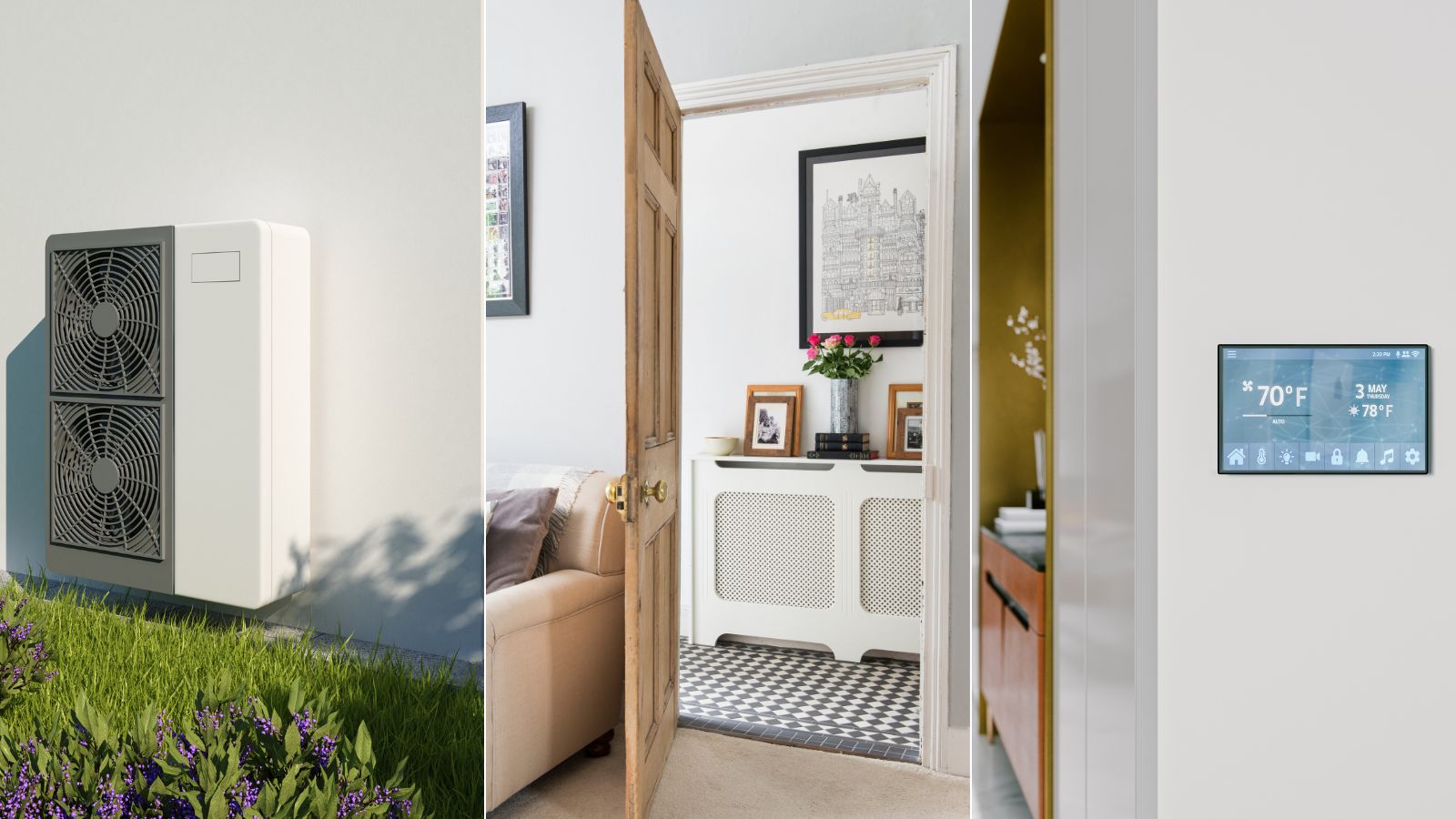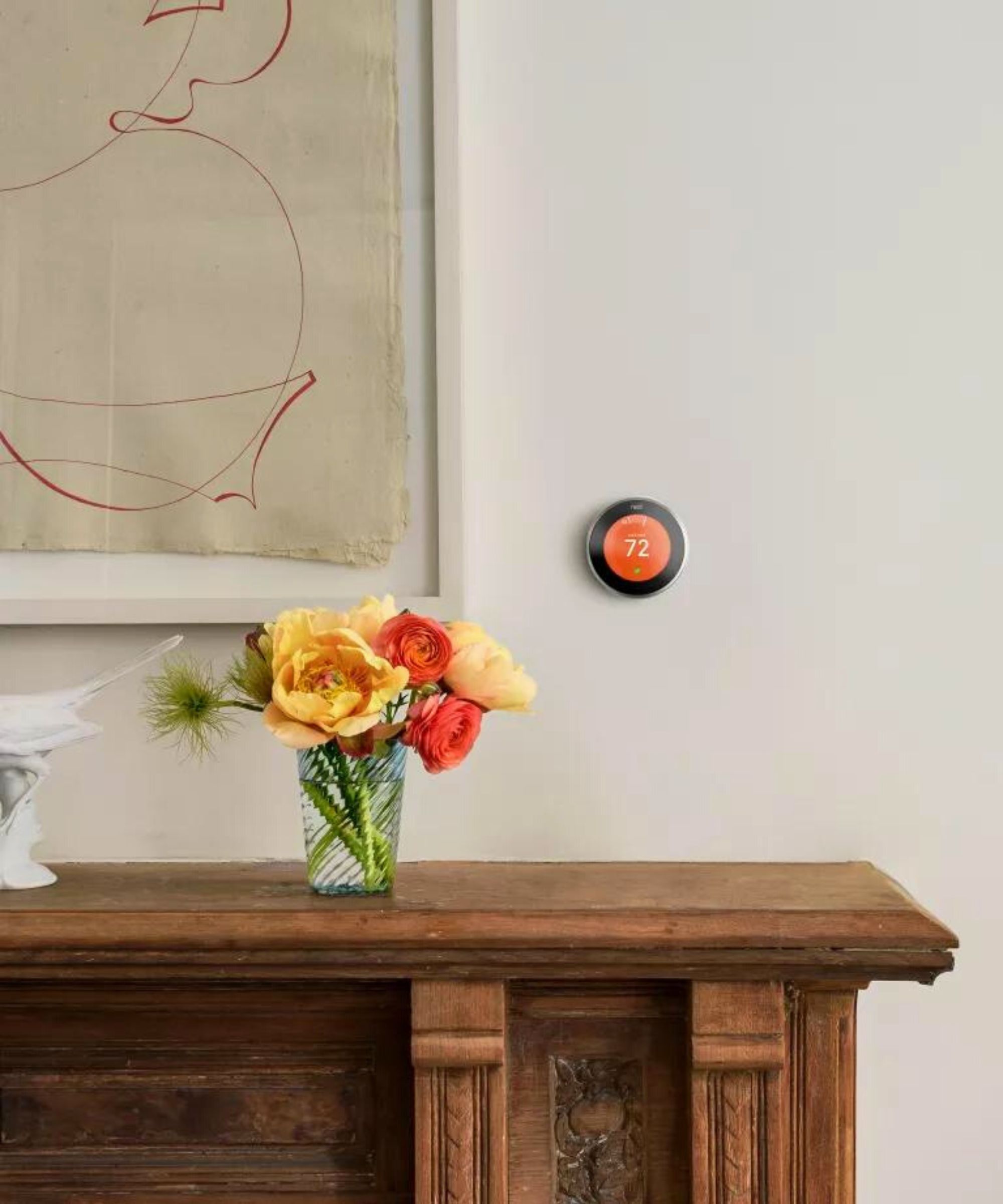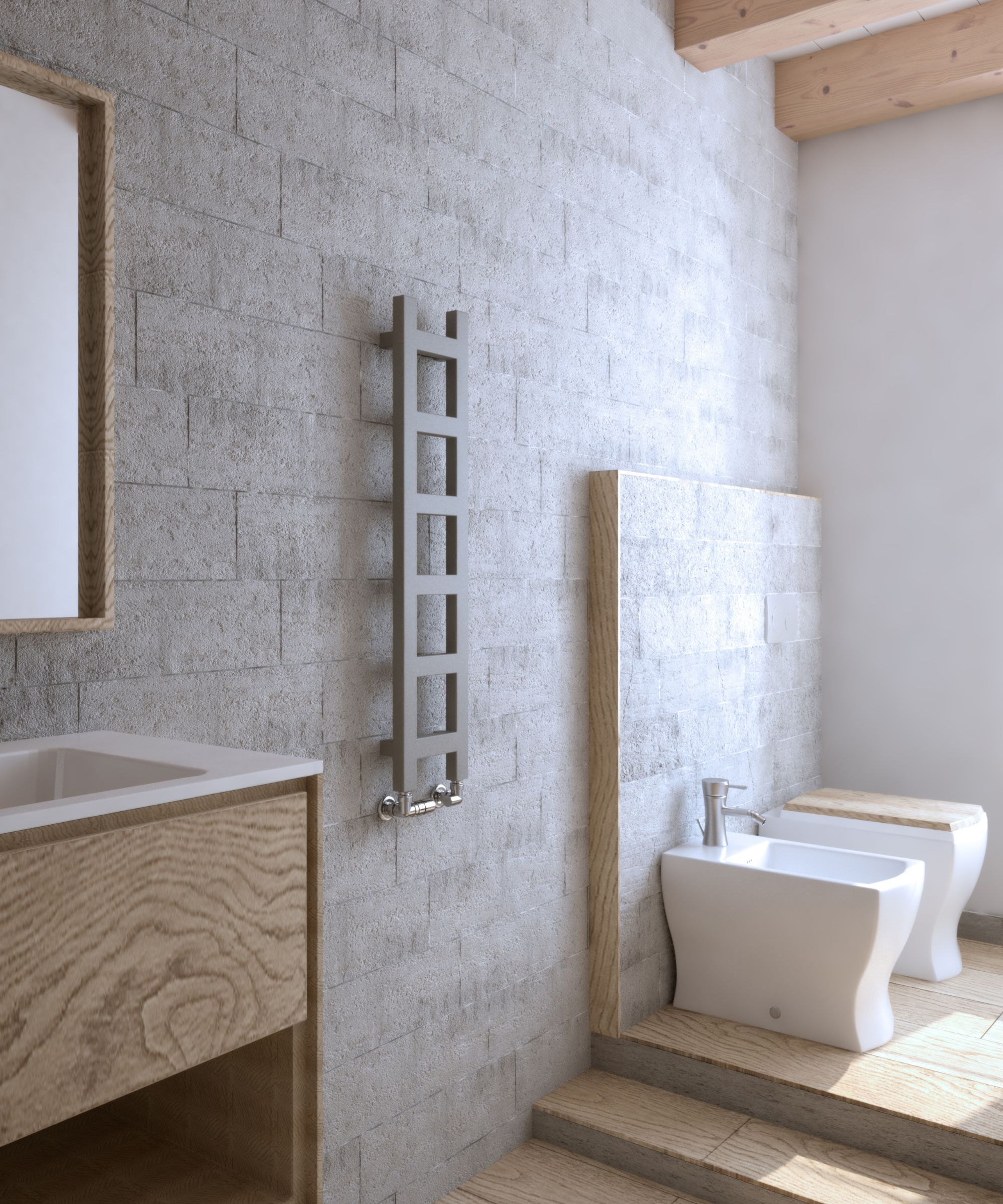When should I use emergency heat on a thermostat – HVAC experts explain
This small but important setting may save your heat pump in freezing weather, experts say


If you have ever looked at the emergency heat setting on your thermostat and wondered what constitutes an 'emergency', you are not the only one.
This often unused setting can help to keep your home warm this winter when your heat pump heating is struggling in sub-0 temperatures.
According to HVAC and heating experts, this is when you need to use emergency heat on a thermostat.
When should I use emergency heat on a thermostat
As the name suggests, emergency heat should be used in an emergency – not to make your home heating more efficient. According to David Watkins, experienced HVAC technician and owner of Watkins Heating & Cooling, one of the biggest mistakes people make with their heat pumps is not knowing how and when to use the emergency heat function. Not using it when needed will leave you in the cold. Using it unnecessarily will raise your home heating costs unnecessarily.

‘The emergency heat function should only be used when there is a problem with the outdoor heat pump. Great examples are if the heat pump is not defrosting properly or if an ice storm has blanketed the outdoor unit,’ David explains. ‘Both cases will cause further damage to the compressor if allowed to persist.
‘Rather than risking damage to the heat pump or completely shutting your heat off, you can switch to emergency heat while you wait for your HVAC company to arrive and fix the problem. Since you have heat and the heat pump is safely shut down, there's no need to pay overtime for an emergency service call. Waiting a couple of days for the next available appointment could save you money at home.’

Emergency heat should never be switched on just because your house feels cold, even with the heating on.
'Many heat pumps will draw on a little extra electricity to help keep your home warm without the need for emergency heat – usually around 35F, so switching to emergency heat when you don't need it can triple your bills,' warns David Watkins. It can help to familiarize yourself with your pump’s operational range and keep an eye on outdoor temperatures to get an idea of when you might need it if you live in an extreme climate.
If you find that your home is still cold despite efforts to heat it, it could be down to a problem with your home insulation, in which case adding or replacing your insulation and draft-proofing your home should be the first line of defense. If this doesn't work, then you should consider having your heat pump serviced to check for any mechanical issues.
What does emergency heat do?

Heat pumps are often hailed as one of the cheapest heating types to run as they reduce your electricity usage. Using emergency heat increases the amount of electricity used to help warm up coils to heat air before it is pumped into your home when the pump itself is damaged or blocked.
‘Unlike the auxiliary heat that automatically activates during sub-freezing temperatures, the emergency heat function is activated manually,’ begins Kimberly Sevilla, CEO of Shelter Air. ‘The emergency heat function can be oil, gas, or electric. In most cases, it is electric and consists of heating coils, similar to a hair dryer or toaster, that are placed in the duct system. Air from the blower motors is blown over the coils, and the air is heated and delivered through the ducts into your home. Because they are electric, they can be very costly to run and should only be used in emergencies to keep your home comfortable and safe in sub-freezing temperatures.’
She adds that the emergency heat should be turned off as soon as the emergency itself is over (for example, your heat pump is repaired or temperatures begin to rise to a safe level) to help cut energy bills and prolong the life of your heat pump.
FAQs
What is the difference between emergency heat and auxiliary heat?
The main difference between emergency heat and auxiliary heat is that emergency heat needs to be turned on manually and should only be used in emergencies, such as your heat pump not heating your home correctly in freezing temperatures or damage to the heat pump unit. Auxiliary heat will turn on and off automatically to help heat your home and boost your heat pump’s performance should the temperature suddenly drop for a short period of time.
What is the biggest drawback of emergency heat?
One of the biggest drawbacks to emergency heat is that it is expensive and is not a good long-term solution to heating a home in very cold weather. It also may not work during a power outage – meaning that homes cut off in storms may be left without heating. As such, it is important to maintain your heat pump and keep it free from blockages to avoid using the emergency setting.
Many heat pump owners will never need to use the emergency heat setting so long as their pump is serviced regularly and preventative maintenance is carried out. That being said, it is good to know what this setting does should an emergency arise.
Sign up to the Homes & Gardens newsletter
Design expertise in your inbox – from inspiring decorating ideas and beautiful celebrity homes to practical gardening advice and shopping round-ups.

Chiana has been at Homes & Gardens for two years and is our resident 'queen' of non-toxic living. She spends most of her time producing content for the Solved section of the website, helping readers get the most out of their homes through clever decluttering, cleaning, and tidying tips. She was named one of Fixr's top home improvement journalists in 2024.
-
 Ina Garten's storage pantry is an insightful window into all of the best cookware used by the chef – and it's easy to recreate on your kitchen shelves from $48
Ina Garten's storage pantry is an insightful window into all of the best cookware used by the chef – and it's easy to recreate on your kitchen shelves from $48The beautiful dishware in The Barefoot Contessa's Hamptons pantry showcases the tools she uses most often to cook – this is exactly how you replicate it
By Sophie Edwards Published
-
 Extend the lifespan of your appliance with 5 simple but crucial washing machine maintenance tips
Extend the lifespan of your appliance with 5 simple but crucial washing machine maintenance tipsFrom cleaning the filters to keeping the door open, experts reveal the washer tips they swear by
By Andy van Terheyden Published